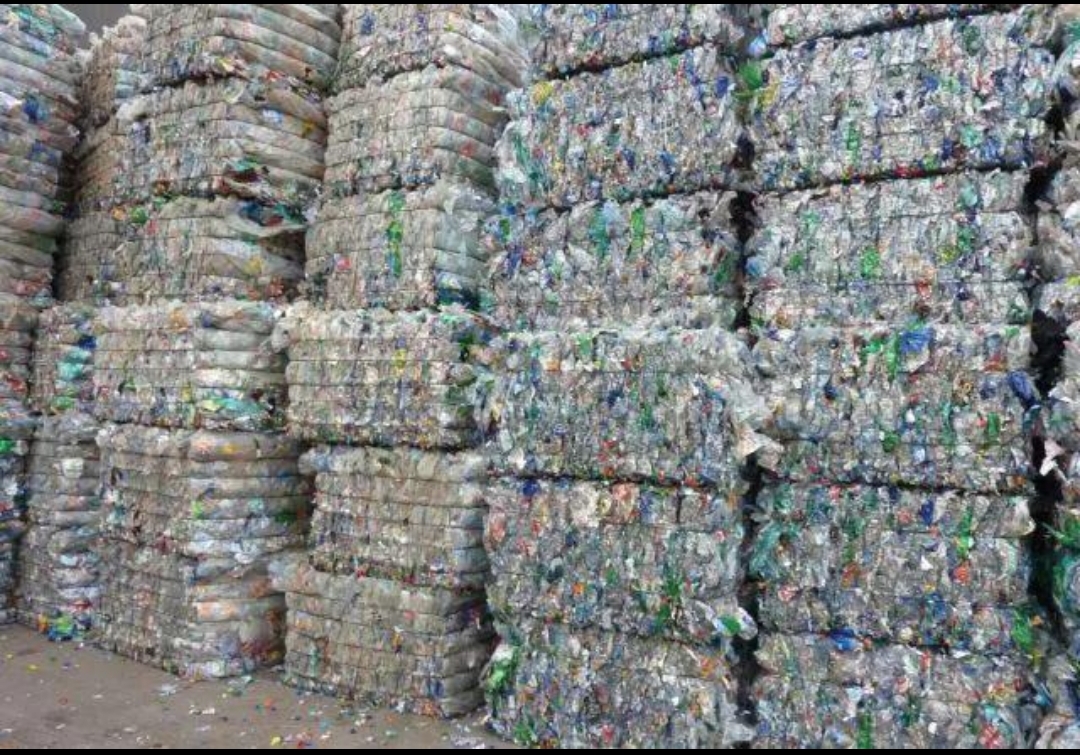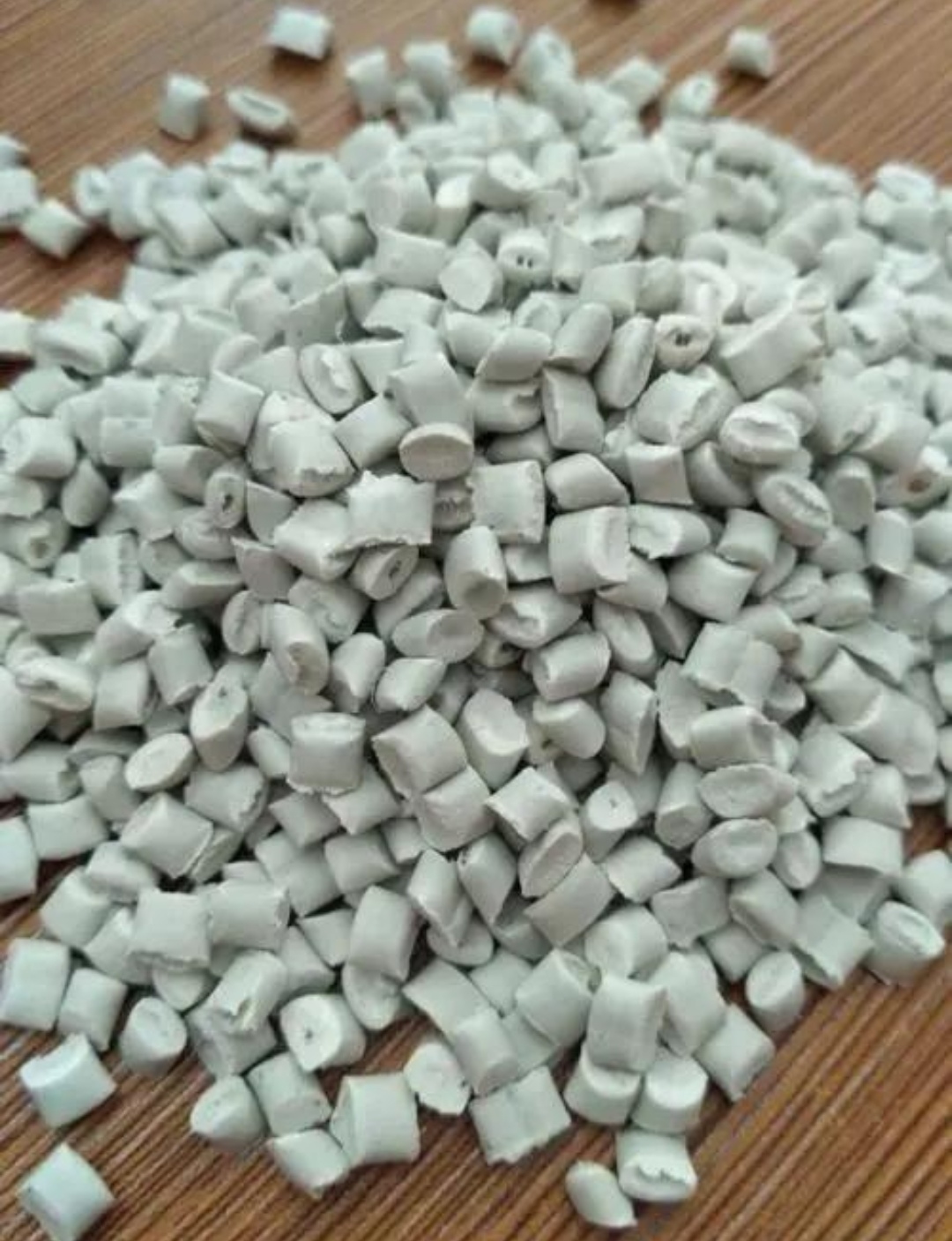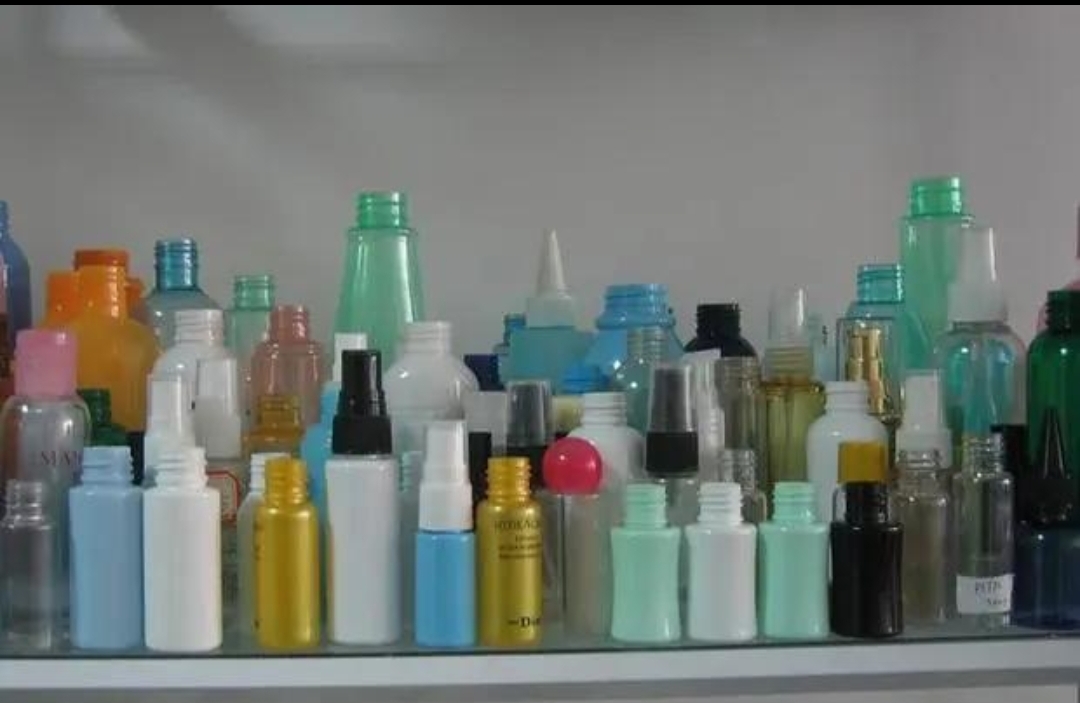Recycled plastic refers to the plastic raw materials obtained after processing waste plastics by physical or chemical methods such as pretreatment, melt granulation, modification, etc., and is the reuse of plastics.


Advantages of the recycled plastic.
1. The world’s resources are always a hot topic for human beings. The slogans of saving resources and protecting the environment have gradually penetrated into the hearts of the people. Plastics buried underground for hundreds of years will not rot. Therefore, the awakening of recycled materials is inevitable. , so that people can truly achieve environmental protection and energy saving through resource recycling. The biggest advantage of recycled materials is that the price is definitely cheaper than new materials. According to different needs, it is only necessary to process a certain aspect of the properties to produce corresponding products, so that resources will not be lost. Plastics are refined from petroleum Products made of petroleum resources are limited, so recycling recycled plastics can save petroleum resources.
2. Due to the inability of natural degradation of plastic, it has become the number one enemy of human beings, and it has also led to the tragedy of many animals. For example, the monkeys, pelicans, dolphins and other animals in the zoo will accidentally swallow the No. 1 plastic bottle thrown away by tourists, and finally die in pain due to indigestion; looking at the beautiful and pure sea, when I approached, it was actually full of floating All kinds of plastic waste that cannot be contained in the ocean, and all kinds of indigestible plastics were found in the intestines of many dead seabird samples. Therefore, recycling recycled plastic can avoid a lot of plastic waste littering around, thereby preventing animals from swallowing it.
Shortcoming s of the recycled plastic
1. When recycling waste plastics, sorting is very difficult and economically uneconomical.
2. The heat resistance of plastic is poor, and it is easy to age.
Changes of the performance
PVC: Discoloration is obvious after regeneration. It will be light brown after one regeneration and extruded, and it will become almost opaque brown after three times. Whether it is hard or soft PVC, stabilizer should be added during regeneration. In order to make the remanufactured product shiny, 1%-3% of ABS for mixing can be added during regeneration.
PE: The properties of PE decreased after regeneration, and the color turned yellow. After multiple extrusions, the viscosity of high-density polyethylene decreased, and the viscosity of low-density polyethylene increased.
PP: When regenerated once, the color is almost unchanged, and the melt index increases, and the color increases after more than two times, and the melt index still rises. After regeneration, the breaking strength and elongation decreased, but there was no problem in use.
PS: The color turns yellow after regeneration, so the regeneration of PS generally performs color difference. The degree of decline of the properties of recycled materials is proportional to the number of regenerations. The breaking strength does not change significantly when the blending amount is less than 60%, and the ultimate viscosity does not change significantly when the blending amount is less than 40%.
ABS: The discoloration after regeneration is more obvious, but when the dosage does not exceed 20-30%, there is no obvious change in performance.
Nylon regeneration also has the problem of discoloration and performance degradation, and the mixing amount should be less than 20%. The regeneration elongation decreased, but the elasticity showed an increasing trend.

Distinguish good from bad
1. Look at the color:
The lighter the color (even colorless and transparent), the wider the utilization range and the higher the grade. For example, white, it can be adjusted into a variety of other colors, and can also be made back to white products, and the price is also high. Secondly, because of the needs of the product, various ingredients are added to the raw materials.
2. Look at the content of CaCO3 (stone powder)
The more CaCO3 content, the lower the grade, the lower the price. From the naked eye, the product is not bright, and the dull (except matte) content of CaC03 will be high, and it will also feel heavy from the hand. In addition, pay attention to reinforced (referring to glass fiber) products. The only reinforced products that can be used are PA, PBT, PP, etc., and the price is not high. There are also several kinds of alloy materials, only one of ABS+PC is sold in China, and the others are not good. Then according to the specific gravity (density) of the raw materials to determine whether the mixed material can be reused, the most problematic is the mixing of ABS and PS, the mixing of PC and PMMA, the mixing of PVC flakes (bottle materials) and PEl, and the mixing of flakes. , PE and PP are mixed with each other. After these materials are mixed with each other, it is difficult to use because of the similar density.
3. Look at the purity of recycled plastic materials
The purer the material, the higher the grade; the impure material, the lower the grade, and some mixed materials are not even needed.
4. The difference with waste plastics
Waste plastics are directly crushed into powder or granules, and the material can still be distinguished, such as injection molding, wire drawing, or film, etc. Recycled materials are recycled materials that have been recycled for many times and cannot be accurately distinguished. They can only be classified according to the number of cycles, starting with the least, special class, first class, and second class.

Uzone Group supplies various recycled plastic bottles and jars for lotion, serum,shampoo, cream etc. You can always find your satisfied packaging solution here.